7 Nights / 8 Days
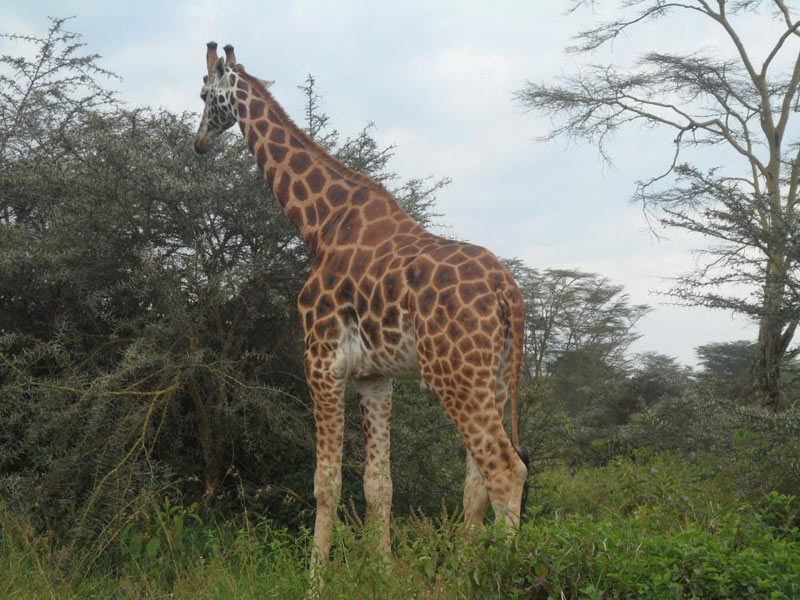
Areas of Interest: Northern Frontier District, Samburu Game Reserve(Gerenuk and Grevys Zebra), Marsabit National Park, Kalacha, Chalbi Desert, Loiyangalani, Lake Turkana, Turkana Villages, Maralal, Nyahururu, Thomson Falls.
Lake Turkana camping safari is an 8 day expedition to Northern Kenya that avoids the rigorous journey across the Chalbi Desert but still transverses rugged country to the frontiers of Kenya and the Lake Turkana. Transport is by custom built four by four Land cruisers that seat 7 people and accommodation is in more up - market canvas tents that are ferried by purpose-built trucks and pitched in the middle of the African Wilderness to create a private camp with all the facilities of a luxury permanent tented camp.
Northern Kenya is lightly populated, untamed and often barren. Setting foot in these parts is like leaving the 21st century; it is an explorer's heaven, and the variety of tribes that live here are some of the most captivating people in the world. They include the Samburu, Turkana, Rendille, Boran, Gabbra and El - Molo.
This rugged 1,800-km expedition is run in land cruiser or expedition trucks. You will traverse along some of Africa's worst roads; see beautiful mountain forest surrounded o n all sides by hot dusty deserts, eventually arriving at our camp o n the shores of the Jade Sea (Lake Turkana). Claudious tours has been offering this as our best selling safari for over 21 years especially for those true explorers and travelers who want to get off the tourist beaten track and for it, we are highly recommended.
Ours is the only camp situated right on the beach of the lake with spectacular views of the South Island. The camp comprises 12 double traditional Turkana palm leaf huts, a dinning/lounge, kitchen, showers and toilets that are all available for use, if not, we pitch tents nearby. You will see a great variety of tribes during the tour and cross the Chalbi Desert if dry. During the rains it becomes an enormous shallow lake.Tips
Laundry
Samburu Village visit
Extra activities
Depart Nairobi in the morning heading north via the shoulder of Africa's second largest mountain, Mt Kenya to the Samburu Game Reserve. Accommodation in our semi-permanent campsite is beautifully set under a canopy of trees or we may pitch tents on the edge of Uaso Nyiro (meaning Brown in Samburu) River. Cold showers are available which are amazingly refreshing in the hot, dusty climates.
The day is spent game viewing in the park. Samburu is part of a lava plain that includes a diverse landscape of thorn scrub, red dirt, dried river beds, broken volcanic rock, steep hills, and rocky outcroppings, some large enough to be called mesas. This reserve is becoming one of Kenya's most admired stops after the Mara.
The region is home to the uncommon Grevy's zebra with huge fury ears, gerenuk antelope standing on hind legs to feed, Somali ostriches with distinct blue legs and the shy Oryx. Elephant and crocodile are guaranteed sightings, excellent bird watching with numerous varieties of weaverbirds and the martial eagle. Leopard sighting is also a special feature here.
We head north again along the Trans-African highway to Marsabit (meaning place of cold), an astonishingly cool, green and hilly oasis rising high above the dry heat of the surrounding desert lands. The local Rendille and Samburu people in their bright red outfits, beads and earrings make it a vibrant place.
After setting up camp, we visit the lodge inside the National park and as long as the roads are dry we drive to Lake Paradise and Little Lake. Here, an indigenous forest and a desert come together to create the most compelling landscape on earth. Elephants and greater kudu abound. The dense forest in the park is also home to a variety of birds.
We depart after an early breakfast through the scenic landscape of the arid north with views of picturesque hills. We arrive and camp at Kalacha, a small Gabbra settlement on the edge of the Chalbi Desert.
The Gabbra are an Eastern Cushite people related to the Somali-Rendille in their historical origins in the southern Ethiopian highlands about AD 1000. The men wear traditional shorts and a blanket-cloak and the women wear a wrap-around and head cloth. They are pastoralists, particularly attached to their camels.
We depart early crossing the Chalbi Desert to Lake Turkana which is the largest desert lake in the world and extends for 288 kilometres up to the Ethiopian / Kenyan border. It is surrounded by volcanic rock and desert. We arrive at our semi - permanent beach village where we have our traditional Turkana Huts; making it a perfect place to relax, protected from the scorching sun and heat characteristic of the climate of this remote area.
The day is spent relaxing and you may visit the local lodge to swim or hire a boat to visit the surrounding area (at an extra cost).
Turkana, formerly L. Rudolf is now named after one of the tribes who live on its shores and it is in this area that Richard Leakey uncovered the three million year old fossils of 'Homo Erectus.' This pre historic site is now known as the "Cradle of Mankind". The Lake is also known as the "Jade Sea" because of its remarkable blue - green colour.
This is as a result of algae particles, which shift with changes of the wind and light, so that the water surface shifts from blue to grey to fabulous jade. The lake is home to the largest population of Nile crocodiles in the world. If the weather permits we take a short sunset boat ride to the surrounding areas.
We depart after break fast via the Horr Valley situated between Mount Nyiro and Ol Doinye Mara viewing the breath taking scenery as we continue to climb on torturous, rocky hills to Maralal. Near Maralal is one of the most breath taking scenes in all of Kenya - the Losiolo escarpment, an endless stretch as land drops down to the Suguta valley.
Maralal is the unofficial capital of the Samburu people and has a distinctly frontier feel about it, like something out of a 'wild west' movie. It boasts a colourful Samburu market and a game sanctuary that lies just outside of town. Maralal is also home of the Maralal International Camel Derby that happens once a year between July and October and attracts riders and spectators from the four corners of the world.
Heading south again via Laikipia Plains and Nyahururu we may stop at the Thomson falls named after Joseph Thomson who walked from Mombasa to Lake Victoria in the early 1880s. Shaped by the waters of the Ewaso Narok River, the falls plunge over 72m into a rift, spraying the dark forest below. After lunch we drive back into Nairobi by mid afternoon.
We are Dealing in Tour & Travels Services. Read More...
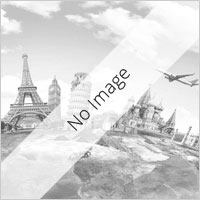 7D/6N
7D/6N
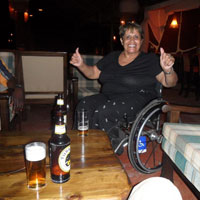 8D/7N
8D/7N
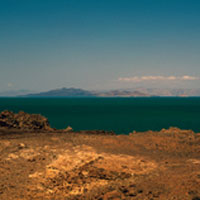 8D/7N
8D/7N
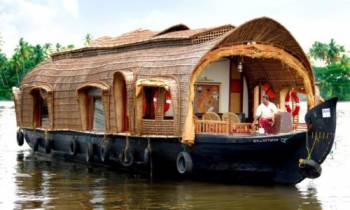 8D/7N
8D/7N
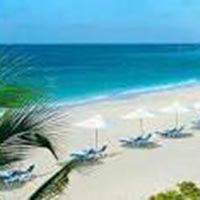 8D/7N
8D/7N
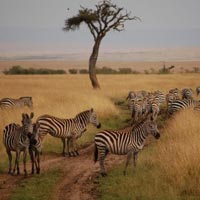 8D/7N
8D/7N
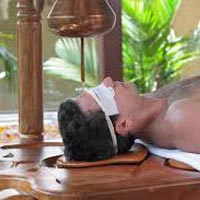 8D/7N
8D/7N
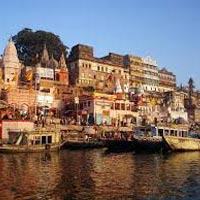 8D/7N
8D/7N
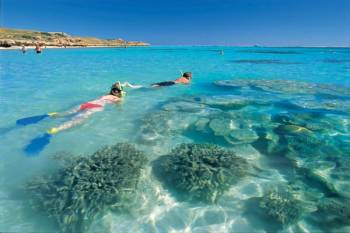 8D/7N
8D/7N
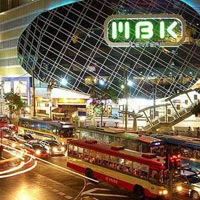 8D/7N
8D/7N
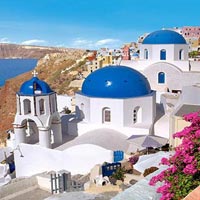 8D/7N
8D/7N
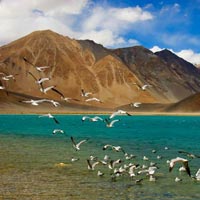 8D/7N
8D/7N
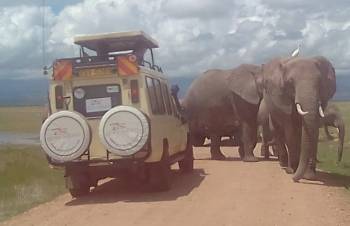 3D/2N
3D/2N
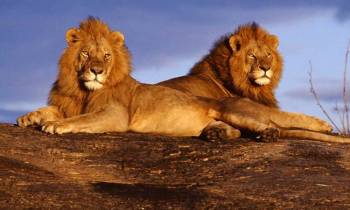 14D/13N
14D/13N
14 Days Wonderful Kenya Safari And Beach..
Mombasa - Nairobi - Nakuru - Samburu - Nanyuki
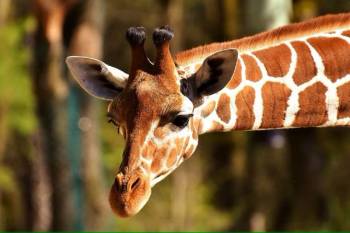 14D/13N
14D/13N
14- Day Kenya and Tanzania Adventure Saf..
Nairobi - Samburu - Nakuru - Masai Mara - Nanyuki
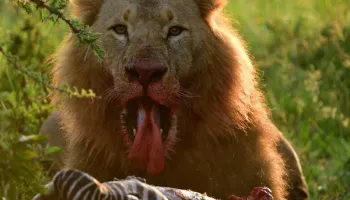 7D/6N
7D/6N
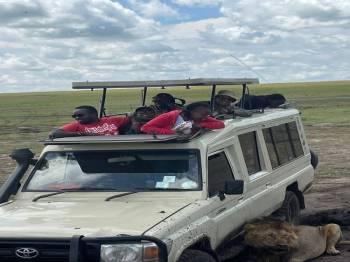 8D/7N
8D/7N
8 Days 7 Nights Kenya Itinerary
Nairobi - Masai Mara - amboseli, - tsavo national park and mombasa
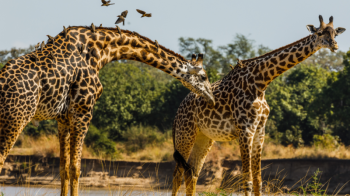 7D/6N
7D/6N
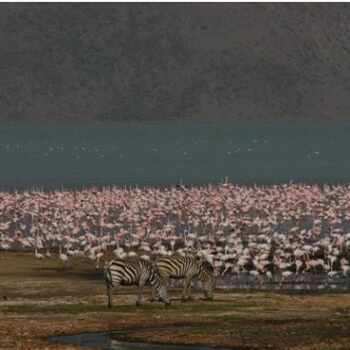 8D/7N
8D/7N
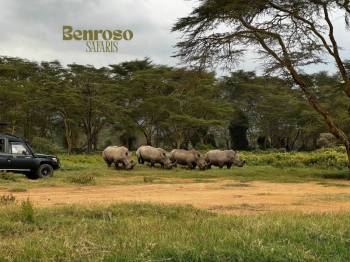 5D/4N
5D/4N
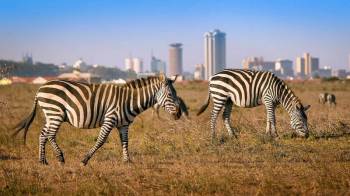 8D/7N
8D/7N